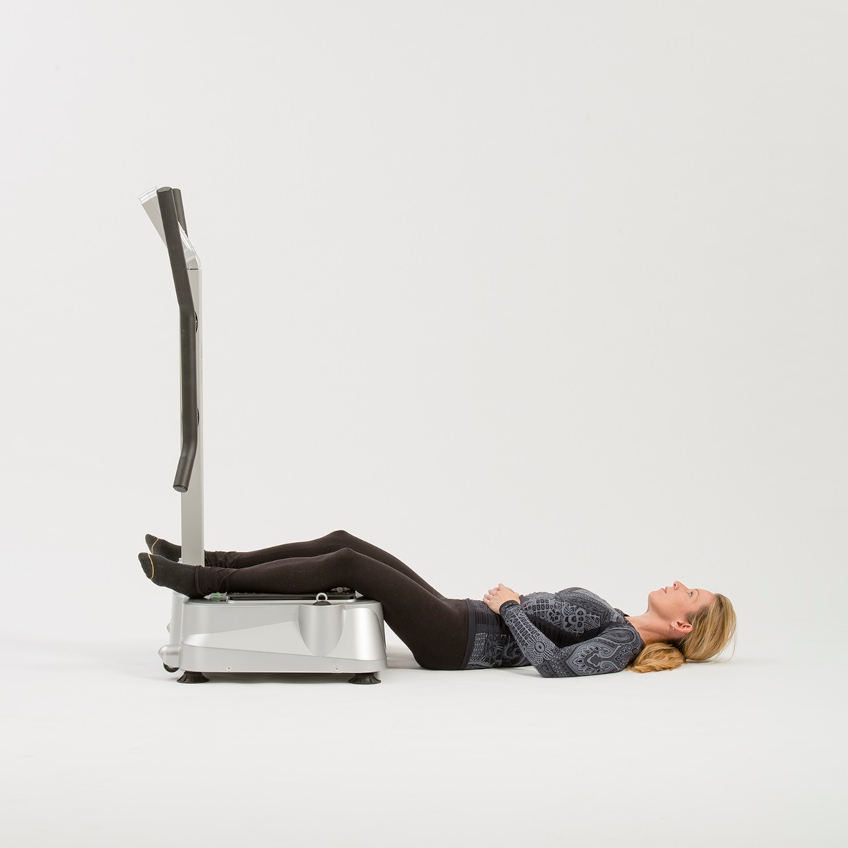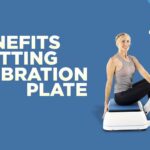
Every gym has its fitness addicts: those ladies and men who are always there, always training and always looking energized and in great shape. Don’t they ever get tired or injured? Do they ever rest, or are they working out 24/7?
Even if these people look as if they were born in the gym, I can assure you they do rest, and they do take breaks from high intensity workouts, but the reason you’re always seeing them there is that they probably choose active rest over passive recovery.
After a strenuous training session, your body needs to recover. No matter how athletic you are and how great your fitness level is, if you don’t rest properly and don’t feed your body adequately after a workout, the risk of injury increases and your performance can decrease as a result of overtraining and fatigue.
But this doesn’t mean you have to spend your entire day on the couch, eating carb-rich foods to replenish the glycogen reservoirs and drinking protein shakes to speed up the repair of damaged or tired muscle fibers. If you choose to lie on the bed and do nothing, chances are your muscles will be sore the next morning, and you’ll find it difficult to perform any movement that requires muscle strength, agility or speed.

Active recovery can reduce soreness and speed up the muscle-rebuilding processes, but has to be done correctly, as otherwise, it can lead to muscle damage and injuries. High-intensity exercise has a catabolic effect, meaning that it causes the breakdown of muscle fibres, so if you choose to do a weight lifting session during your “recovery” day, even if you work out with lighter weights, it still doesn’t mean you recover actively.
Weight-bearing exercises that cause your heart rate to raise and your muscles to push a little harder with every new repetition are considered training, not recovery movements. If the intensity of your “recovery” workout increases progressively and you find yourself working at over 40-60% of your maximum heart rate, you’re pushing too hard and not doing your body any favours.
Then what can be defined as active recovery?
Any workout that is light and performed at up to 40-60% of your maximum heart rate, or up to 60-70% of your maximum heart rate if you’re an athlete, can be classified as active recovery, as long as is doesn’t take more than 30-40 minutes and it leaves you energized, not exhausted.
If you normally work out for 90 minutes, lifting heavy weights, on your rest day you should switch to a lighter form of training, such as cycling, swimming, jogging, pilates, yoga or other exercises that allow not only your muscles but also your bones and joints to rest.
On the other hand, if you’re a runner, on the active rest day you may benefit from activities that are of low-impact for your joints, and involve weight training rather than cardio exercises. Light weights or whole body vibration can be good ideas for active recovery days.
Under most circumstances, active recovery is better than passive rest, however if you’re injured and you accuse pain whenever you attempt to do a complex movement or to lift a dumbbell or do some cardio exercises, it’s better to opt for passive rest, and to stick with very light forms of physical activity, like walking.
Active recovery is not done with the purpose of burning calories or improving gains; the role of rest days is to actually allow your muscles to recover and studies have showed that muscle protein synthesis increases rapidly after resistance training and is nearly double at 24 hours post-workout.
Thus, whether your purpose is to grow bigger and stronger muscles or to simply get leaner and improve your body composition by putting on muscle mass and losing fat, it’s better to allow your body to repair the damaged muscles than to become a victim of the vicious cycle of increasing recovery intensities.
This happens when instead of sticking with light exercises during the rest days, you go from light to medium days, and eventually turn the recovery days into training days. As said, this doesn’t speed up the muscle repair processes and doesn’t help with gains either; the result is exactly the opposite, as instead of synthesizing proteins and repairing its damaged fibers, the muscle tissue has to deal with continuous strain.

Active recovery improves circulation of lymph and blood through the body, ensuring better delivery of oxygen and nutrients to cells and thus the faster recovery of damaged tissues. At the same time, this form of recovery relieves the stress and tension and enhances the mood, and allows your muscles to replenish their glycogen reservoirs and to clear lactic acid.
Recovering through light exercises helps in building endurance and enhances the adaptation to intense workouts. Moreover, when you recover actively, and do exercises with very light weights and at lower speeds, you can control your posture, form and technique better, thus can improve your overall performance and develop a better technique.
Vibration exercises can be an excellent choice for a light active recovery day, as you can easily control the intensity of the workout by decreasing or increasing the amplitude and frequency of the WBV machine, and by changing your position on the platform to target other body areas.
The basic stance, as well as stretching exercises, are done on a whole body vibration machine, are great for enhancing circulation and lymph flow, relaxing the tired muscles and keeping your joints well lubricated and flexible. So if you find it difficult to control the intensity of your active recovery exercises at the gym, I suggest you try vibration training as well.

Updated on: 08.09.2021 The lymphatic system is involved not only...

Stress can make you gain weight – we’ve heard this...

Various theories exist to answer this question. As you will...

Both rebounding and jumping on a trampoline are excellent ways...

The health benefits of using vibration plates to burn fat...